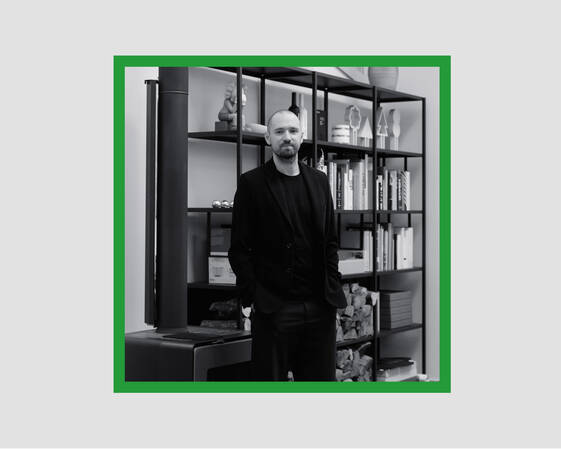Q: Why PDINZ now?
Elliot: It’s the opportunity to connect with the design community which drew me to DINZ. The PDINZ process itself offers a chance to converse openly about the industry with creatives who have a wealth of experience and willingness to lend their thoughts and advice freely. I value any chance I get to talk with other members of our community - it’s often a reminder of all the experiences (good and bad) we share.
Q: What do you hope to contribute as PDINZ?
Elliot: Hopefully, my journey in the industry lends itself to helping others navigate it. Making myself available to give back, whether it's design-related or simply by being a friendly ear would be rewarding.
Q: What is your role at South and what does a ‘standard’ day look like for you?
Elliot: I’m currently Senior Designer at South, I’ve been here nearly four years. My role involves a fairly healthy blend of design, collaboration and client management. Most days begin with a short production meeting before getting stuck into the creative stuff, typically peppered with the odd presentation or workshop.
Q: What are the main tools of your trade and are there tools you are keeping in your radar/hope to upskill to?
Elliot: I can’t say my tools would differ much from most however we do look to explore new softwares and technology that can help us communicate our concepts in more engaging ways. Over the past few years, motion design has become an integral part of how we think about each project and how to create more effective storytelling. The South team likes to quickly test new tools and see how we can apply certain techniques to current projects.
Q: What have you noticed as some of the main differences between the local NZ design ecosystem and that of Leeds (UK) where you worked before?
Elliot: The scale of the industry is probably the most noticeable difference and could create the perception of a harder outer-shell to the community. In truth, they’re an incredibly welcoming bunch, like most Northerners! Leeds is a really successful, kind of under-the-radar creative city. It’s part of a group of historically creative hubs in the North of England - Manchester and Liverpool over to the east and Sheffield sitting just south. Each with progressive design institutions and thriving design micro-industries. There was a sense that whatever wild concept you could dream up could probably be produced with the resources available - I think Aotearoa shares that approach (a similarity!).
Q: During your PDINZ interview you spoke at length about the importance of mentorship and helping students make the transition between academia and commercial design. Care to elaborate?
Elliot: It seems to be a common topic, probably because we’re all part of it - we’ve either been through it or we’re working with someone who is or we’re hiring someone. I think we were discussing what role education plays – and the balance in teaching creatives to think not just how to design from a technical perspective. It’s a difficult one - being able to come up with an idea or concept is the foundation, and being able to communicate that idea means it can reach people - two sides of a working coin. Perhaps this is where mentorship can help, both in education and industry – helping students visualise how their creative thought and technical skill can be combined effectively. This is a pretty substantial subject though, and I certainly don’t have all the answers!
Q: What do you feel might be the role of the commercial studio in bridging that gap?
Elliot: Being flexible is probably a start, it would be unproductive to offer the same development journey for every new designer and expect them to grow and be fulfilled. Understand who they are, what they’re most passionate about and help them see how much value they can bring with their own voice and talent.
Q: This year South has helped put together the campaign for the Best Design Awards, how has that experience been and what can we expect?
Elliot: We’re looking to hold up a bit of a mirror to the design community and explore the journey through the awards process from the perspective of creatives. We want it to be fun and reflect how we don’t take ourselves too seriously. The campaign uses rolling type to reveal animated illustrations that capture relatable emotions (the feels) throughout the journey. Beyond that, we’re looking to make it as sensory as possible and thread that quality into the experience on the night too.
